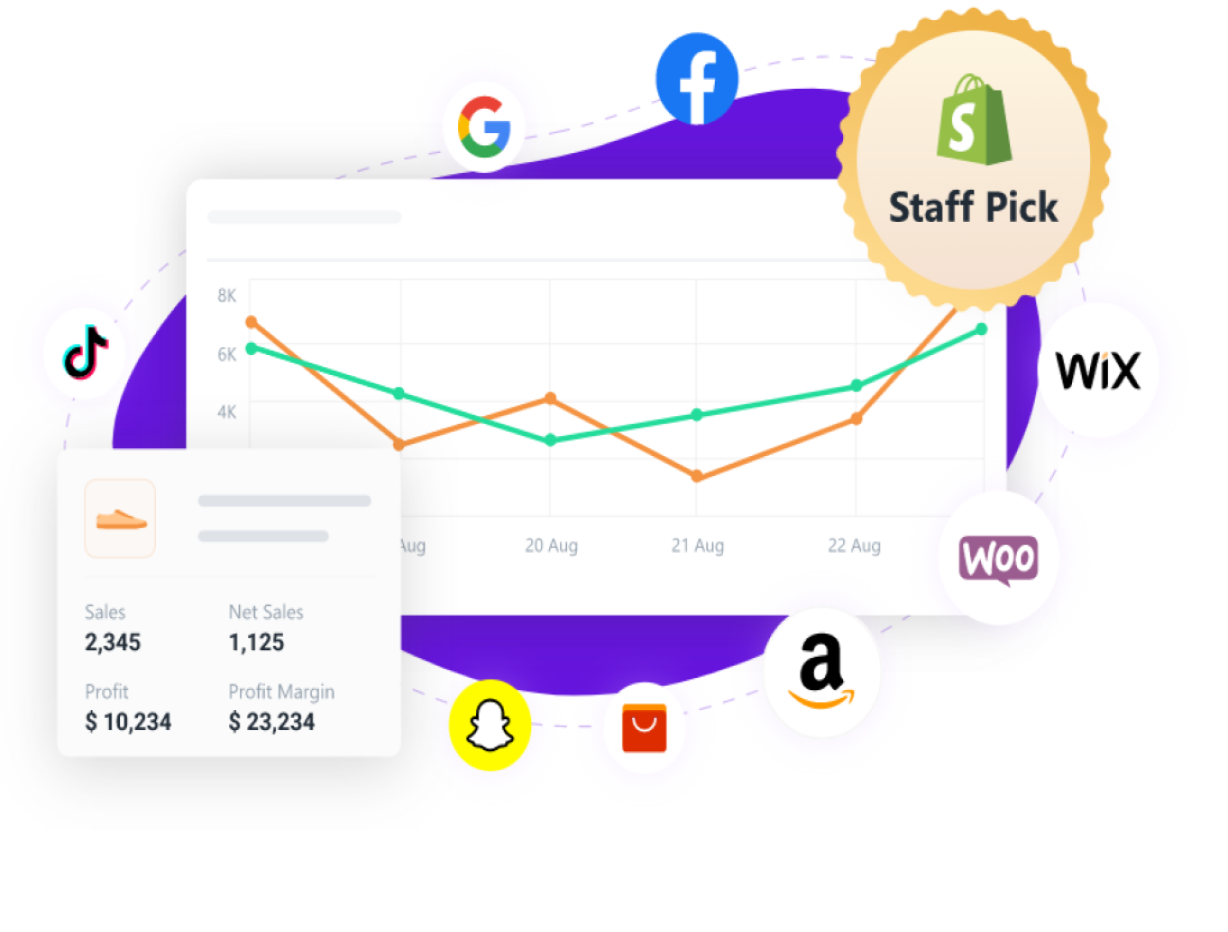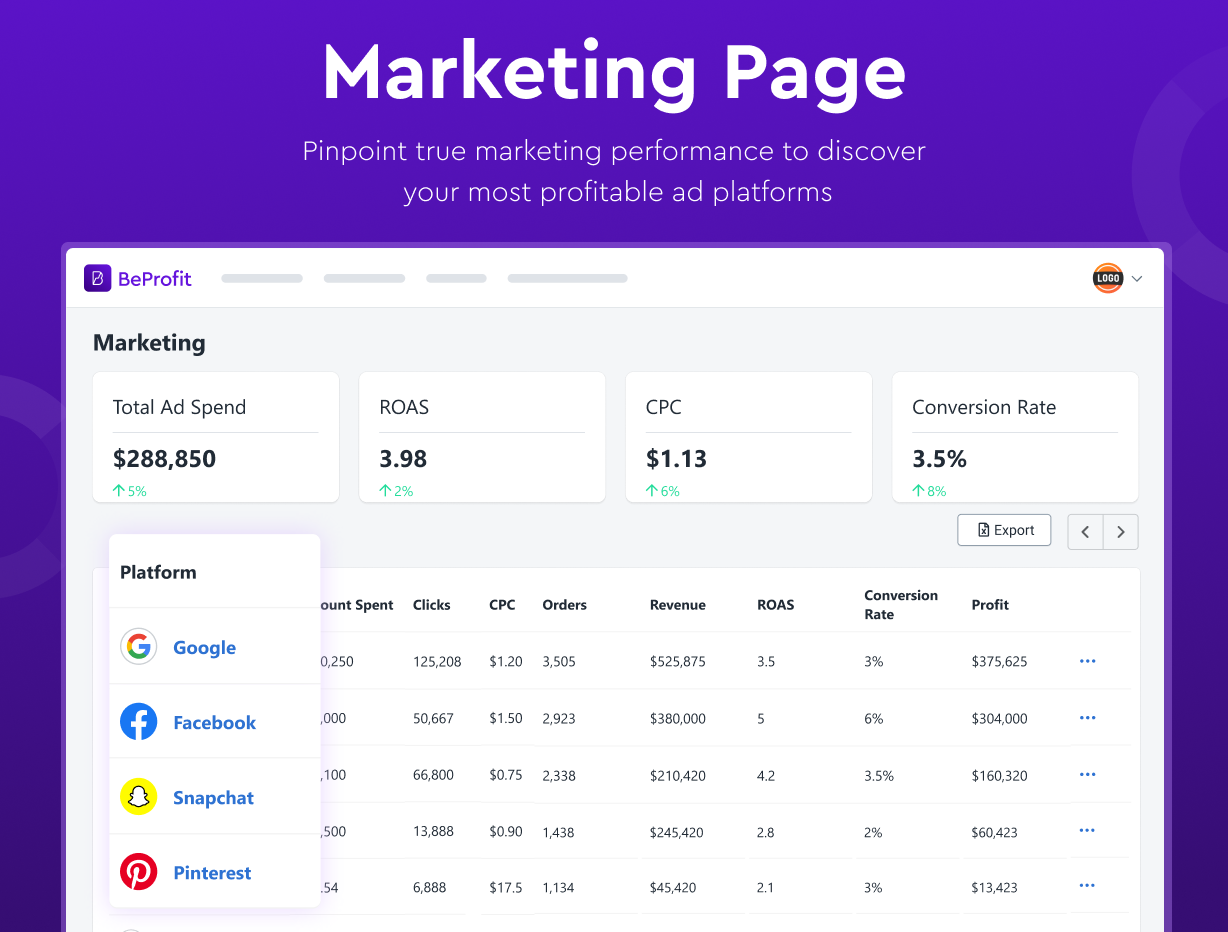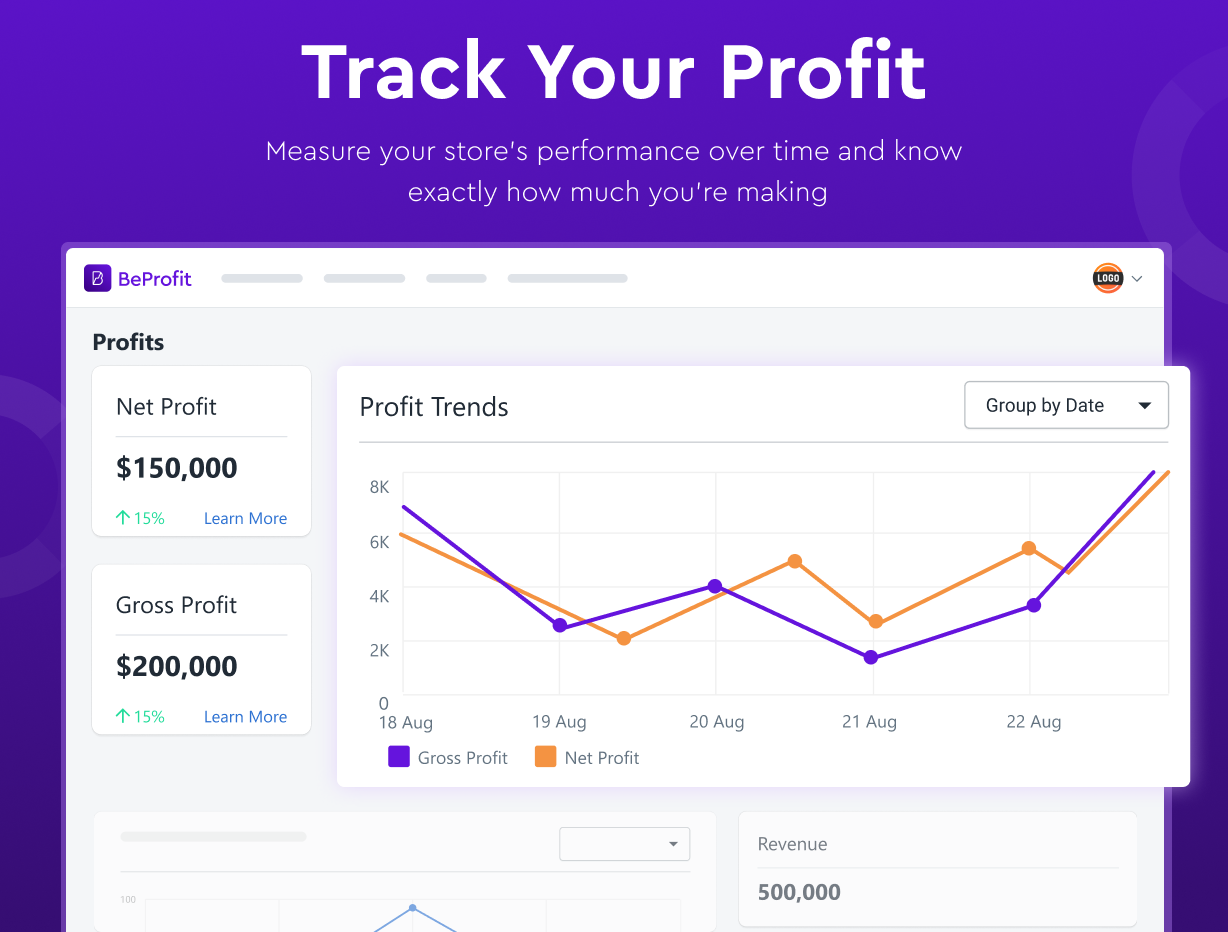What is Periodic Inventory? Definition, Advantages & Examples
Published March 20, 2023

Having a sufficient stock of goods or supplies on hand to sell or use is a crucial asset for any business. By keeping tabs on inventory, businesses can ensure they have enough products to suit customer needs, eliminate slow-moving or outmoded lines, and better manage their cash flow. Businesses can benefit from a periodic inventory system because it can help identify where and if their supply chains can be improved and waste can be reduced. This can better overall growth and profits.
» Using Wix? Find out the best Wix inventory management apps
What Is Periodic Inventory?
Periodic inventory involves physical counts of goods at regular intervals, such as weekly, monthly, or quarterly.
How Does It Work?
Periodic inventory does not update inventory records as sales and purchases occur. Instead, it regularly uses the cost of goods sold (COGS) to deduce how effective a business's inventory management is:
COGS = Beginning Inventory + Purchases - Ending Inventory
COGS is then used to figure out the gross profit for that period. This can also provide useful insight into how efficiently inventory is managed and highlight how lucrative the business is.
Gross Profit = Total Sales Revenue - COGS
Example of a Periodic Inventory System in Use
A small retail store may use a periodic inventory system to manage its inventory. Let's say the store conducts physical counts of inventory every quarter. At the beginning of the quarter, the store had $10,000 worth of inventory, and during the quarter it purchased $5,000 worth of additional inventory. At the end of the quarter, the physical count reveals that the store has $7,000 worth of inventory remaining. Using the periodic inventory formula, we can calculate the COGS as follows:
COGS = Beginning Inventory + Purchases - Ending Inventory
= $10,000 + $5,000 - $7,000
= $8,000
If the store's sales revenue for the quarter was $15,000, then the gross profit would be:
Gross Profit = Total Sales Revenue - COGS
= $15,000 - $8,000
= $7,000
Periodic inventory systems are easier to use than systems that keep track of everything in real time. This is especially true for smaller businesses with fewer sales, as it can be cheaper to do physical counts than to buy more expensive technology for keeping track of inventory.
Depending on the business's sales and profit margins, the result of the periodic inventory calculation can be positive or negative. If a business has low COGS, this can show that the business is better at keeping track of its inventory costs. Take the retail store example. It has a fairly even profit-to-COGS ratio, so its inventory management can be considered effective.
But if the COGS is high, the business may need to explore ways to reduce inventory costs, such as by negotiating better prices with suppliers or improving inventory management processes to reduce waste and obsolescence.
Track Your COGS and Profits With Ease
Better understand your business's expenses and profits with customizable data tracking.
- Accessible on mobile and desktop devices for easy collaboration
- Receive up-to-date COGS reports.
- Schedule custom reports and have them emailed directly to you.
BeProfit offers an intuitive platform to help you customize your expense tracking and calculate COGS effortlessly.
Advantages of Periodic Inventory For Your Business
Because physical counts are only done at the end of each period, periodic inventory systems can help small businesses keep track of their stock without affecting their production time too much. This extends to other benefits, such as:
- Cost-effective: This system doesn't need advanced technology or a lot of ongoing costs, like training or support, which can help small businesses keep expenses low. This also offers businesses the space to put money into other important areas, like marketing and customer acquisition.
- Less Workforce Required: Periodic inventory systems require less manpower and specialized knowledge. This can be helpful for businesses that don't have a lot of staff or resources. Less training required also means that fewer uniquely skilled workers are needed.
- Simplicity: They involve basic math based on physical inventory counts and don't need to track every individual sale, purchase, or refund in real time. Because of the simplicity, businesses can save time and reduce the chance of making errors.
Drawbacks of Periodic Inventory Systems
Periodic inventory systems aren't without disadvantages, though, and businesses should consider these when deciding on an inventory system. These include:
- Weaker Inventory Control: Because inventory is not tracked in real time, stockouts, overstocking, and inaccurate demand forecasting can occur. Misplacement and theft can also result from fewer frequent inventory checks. These can impact accuracy, lower consumer satisfaction, raise costs, and damage profits.
- Higher Production Costs: Higher production costs can result in reactive purchasing, where businesses must order inventory as they run low, rather than planning and ordering in advance.
» Discover the most common e-commerce expenses and how to reduce them
How Periodic Inventory Systems Can Help Your Business
Tracking inventory is a valuable way to assess stock, COGS, and businesses' capability to supply products and services effectively. Businesses can thrive from a periodic inventory system because it's a simple, cost-effective way to manage inventory for regular gross profit and COGS assessments. Although open to inaccuracies and overstocking, small businesses can benefit because of smaller, easier-to-manage stock amounts.
With BeProfit, you can consolidate your COGS data and profits into an easy-to-use dashboard, access data reports, and customize profit calculation preferences. That way, tracking your inventory data and monitoring your profits is simple, leaving more time for managing other areas of your business efficiently.











